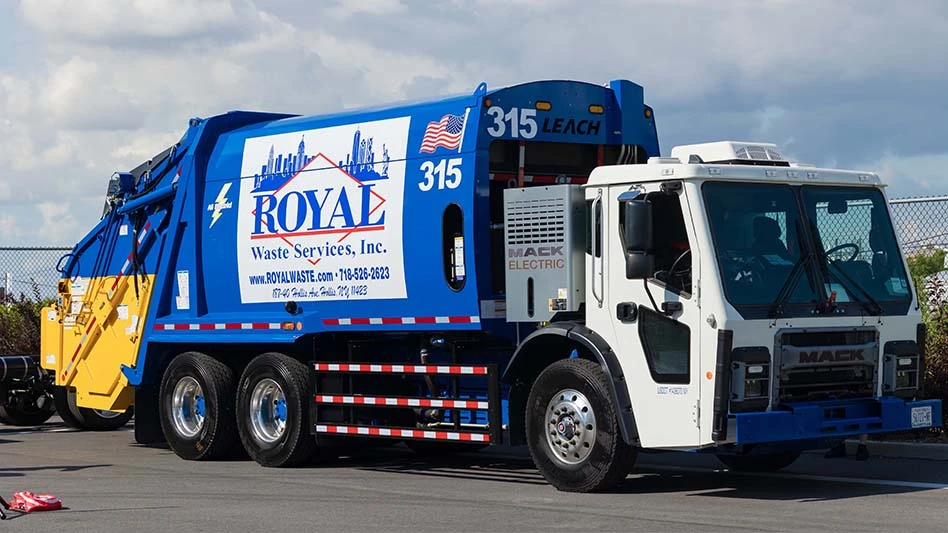
Fast driving is a major cause of fatal accidents for collection workers, who often have trouble accurately estimating stopping distances. Drivers should know how to adjust their speed depending on driving conditions, including the vehicle’s size and weight, traction, curves, visibility, traffic and hills.
The National Waste & Recycling Association (NWRA), Arlington, Virginia, in partnership with the Solid Waste Association of North America (SWANA), Silver Spring, Maryland, outlined some variables that affect stopping distance that can help workers stay safe on the road.
• Perception Distance: The distance the vehicle travels from the time the driver’s eyes see a hazard until their brain recognizes it. The average perception time is 1.75 seconds. At 55 mph, this accounts for 142 feet traveled.
• Reaction Distance: The distance the driver will continue to travel before they physically hit the brakes in response to a hazard seen ahead. The average reaction time is between .75 seconds and 1 second. At 55 mph, this accounts for 61 feet traveled.
• Braking Distance: The distance the driver’s vehicle will travel in ideal conditions while they are braking. At 55 mph, this can take about 216 feet.
• Total Stopping Distance: The total minimum distance the driver’s vehicle has traveled—including perception distance, reaction distance and braking distance—until the vehicle comes to a complete stop. At 55 mph, an average vehicle will travel a minimum of 419 feet.
Latest from Waste Today
- US Senate backs reduced cuts to EPA
- Waste Connections announces Q2 results
- Returnity and Cosmoprof to address reusable bag waste
- SWANA releases report on aging WTE facilities
- New economic assessment reveals cost benefits of California’s SB 54
- Premier Truck Sales & Rental opens new facility
- TeknTrash Robotics, Sharp Group partner on humanoid robot pilot
- Stadler equips mixed waste sorting plant in Sweden





